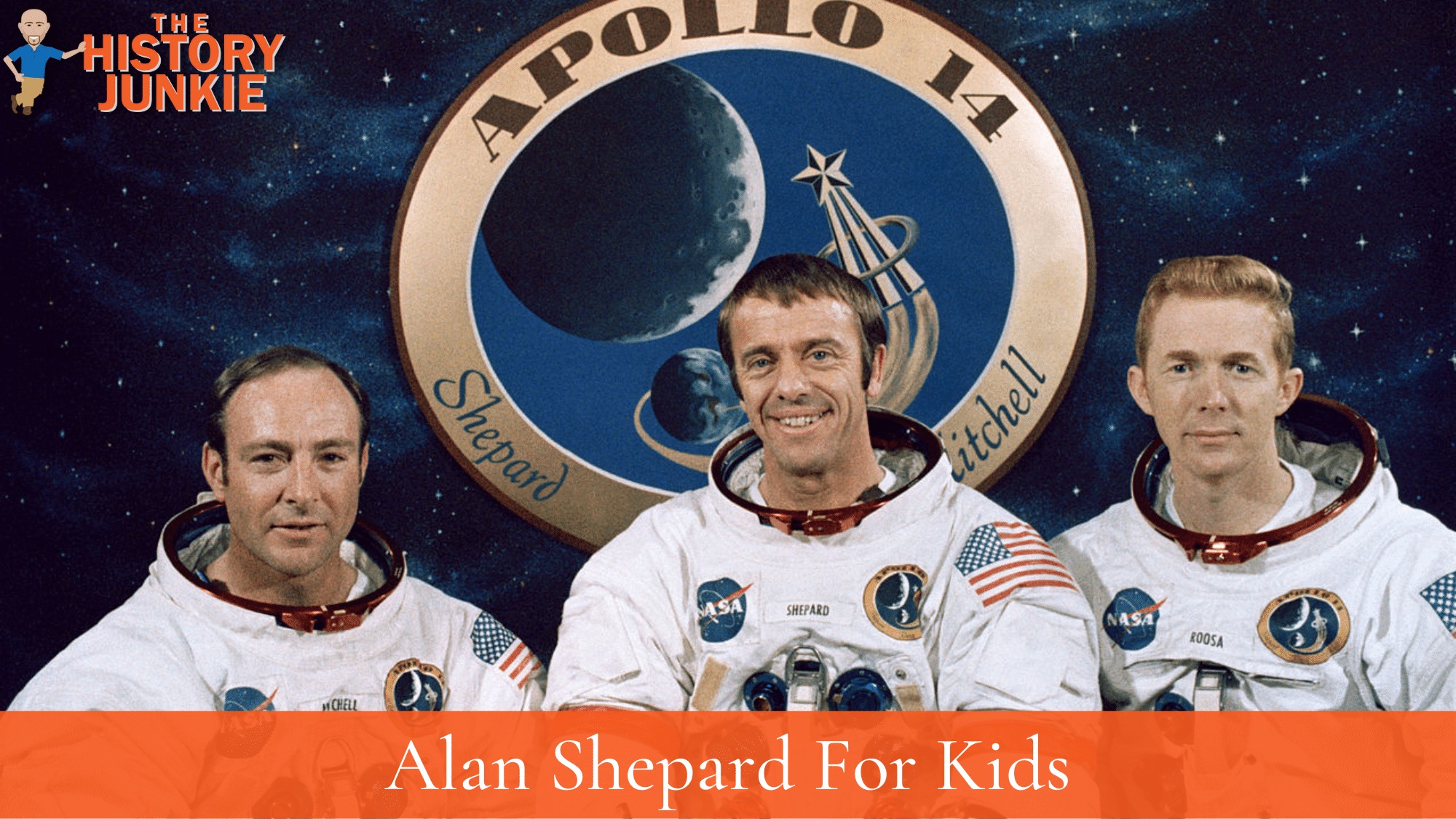
Jump to:
- Common Questions About Alan Shepard
- #1. Alan Shepard Was A Descendant From The Mayflower
- #2. He Fought In World War 2
- #3. Shepard Attended The United States Naval Test Pilots
- #4. He Would Be Among The First Chosen Astronauts For NASA
- #5. Alan Shepard Becomes The First American In Space
- #6. Ménière's Disease Almost Ended His Career
- #7. He Becomes The Fifth Man To Walk On The Moon
- #8. Alan Shepard Died Of Leukemia
Common Questions About Alan Shepard
Was Alan Shepard The First Man In Space?
No, the first person in space was Yuri Gagarin of the Soviet Union. He was the first American in space.
What Was Alan Shepard Known For?
He is recognized as the first American in space and also the fifth and oldest American to walk the moon.
What Happened To Alan Shepard?
After his retirement, Shepard became successful in banking and real estate along and spent much of his time with his family. He was diagnosed with Leukemia in 1996 and died in 1998 of complications.
How Long Did Shepard's Flight Last?
His flight lasted 15 minutes.
#1. Alan Shepard Was A Descendant From The Mayflower

Alan Shepard was a direct descendant of the Mayflower passenger Richard Warren. Many do not realize, but the Pilgrims that arrived in Plymouth have approximately 35 million descendants that are alive in the world.
Shepard was born during the Roaring 20s in 1923. His parents had endured World War 1 and the 1918 Spanish Flu pandemic. His father had served in World War 1 and would be activated as a lieutenant during World War 2.
His place of birth was the small town of Derry, New Hampshire. He grew up and was known for his intelligence. He skipped two grades during his school years and began to show an interest in aviation.
#2. He Fought In World War 2
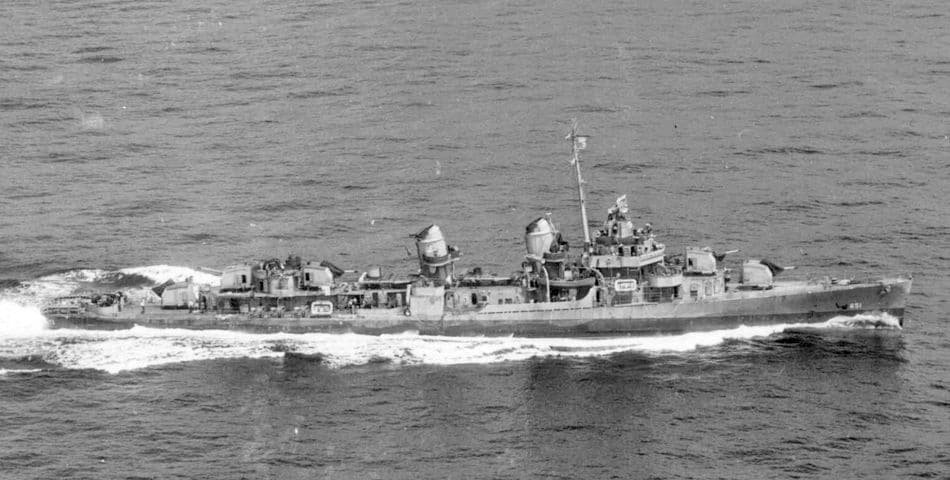
In 1940, World War 2 had broken out, but the United States had not joined the fight. Shepard's dad wanted his son to enlist in the Army, but Shepard chose the Navy instead. He was not able to join immediately because he was only 16 years old, but he did begin his training.
The Navy sent him to the Admiral Farragut Academy, a prep school for the Naval Academy, from which he graduated with the Class of 1941. Tests administered at Farragut indicated an IQ of 145, but his grades were mediocre.
He finished his training for aviation, but pilots were required to participate in the Navy prior to flying.
He joined the Pacific Fleet in 1944 and would serve throughout the duration of the war. He witnessed kamikaze attacks, helped rescue ships that had been torpedoed, and witnessed the surrender of Tokyo.
When he returned to the United States, he would begin his flight training.
#3. Shepard Attended The United States Naval Test Pilots
Alan Shepard was not a standout during his flight training and was considered a below-average pilot. However, he worked hard to improve his skills and would eventually be given his wings, which his father pinned to his chest.
He would eventually become the United States Naval Test Pilot. At the time he went into the program, he did not know that in the future, this would be a prerequisite for becoming an astronaut.
He would excel in the program, and it would lead to him becoming an instructor and rising through the ranks due to his ability with aircraft.
#4. He Would Be Among The First Chosen Astronauts For NASA
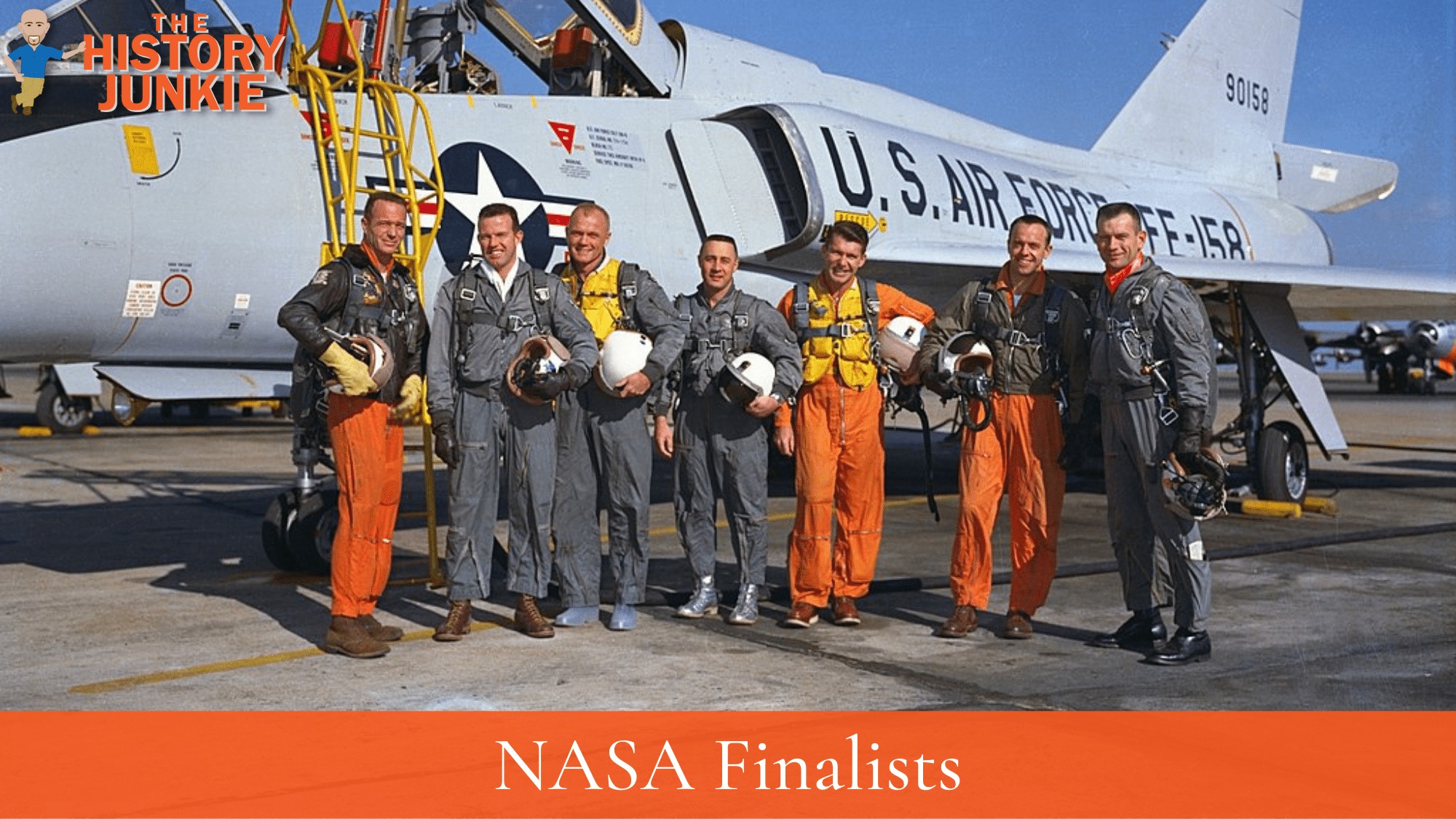
In 1957, Russia launched Sputnik into space, which created a loss of morale in America. They believed that Russia had surpassed them in technology.
In response, President Dwight Eisenhower began the space race and created the National Aeronautics and Space Administration, or NASA for short.
Eisenhower specifically requested that the recruitment begin with the crop of test pilots that the Air Force had trained. They set strict restrictions on the qualifications, and Shepard met them all and was put into the top 35 potential astronauts.
Shepard was informed of his selection on April 1, 1959. Two days later, he traveled to Boston with Louise for the wedding of his cousin Anne and was able to break the news to his parents and sister.
The identities of the seven were announced at a press conference at Dolley Madison House in Washington, D.C., on April 9, 1959: Scott Carpenter, Gordon Cooper, John Glenn, Gus Grissom, Wally Schirra, Alan Shepard, and Deke Slayton.
#5. Alan Shepard Becomes The First American In Space
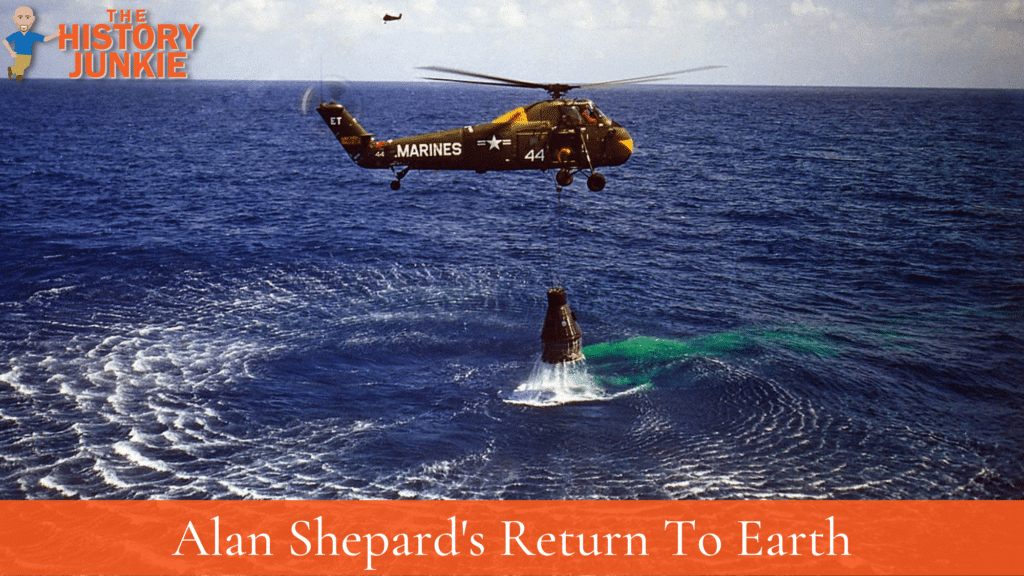
The competition was fierce for the first to fly into space. Despite being a top prospect, it seemed that John Glenn would be the pilot to become the first person in space. However, Shepard changed his habits.
He quit smoking and began to jog in the morning as Glenn did. He managed to become the frontrunner, and John Glenn would become his backup.
After many delays, Alan Shepard was set to take off on December 5, 1960. However, another delay pushed the launch to January 1961, and then multiple delays occurred that pushed his flight all the way back to May 5, 1961.
On April 12, 1961, The Soviets beat the Americans by putting the first person in space when Yuri Gagarin was launched into space and orbited the globe.
This angered Shepard so much that he slammed his fist on the desk, and many thought he broke it.
On May 5, 1961, Shepard piloted the Mercury-Redstone 3 mission and became the second person and the first American to travel into space.
#6. Ménière's Disease Almost Ended His Career
After Shepard's historic flight, John Glenn made history by being the second American to enter space. Shepard began having spouts of dizziness, which led him to go to the doctor.
He was diagnosed with Ménière's disease, which is a condition where fluid builds up in the inner ear. There was no known cure, but many times, it went away on its own. In Shepard's case, it did not, and he was eliminated from his upcoming mission.
He would be forced into a retirement of sorts due to the condition. He still played an important role, but just not as an astronaut.
In 1968, a doctor in Los Angeles developed a cure for Ménière's disease. Shepard flew out to Los Angeles and spoke with William House. House performed the surgery, and it was successful.
He would be restored to flight status on May 7, 1969.
#7. He Becomes The Fifth Man To Walk On The Moon
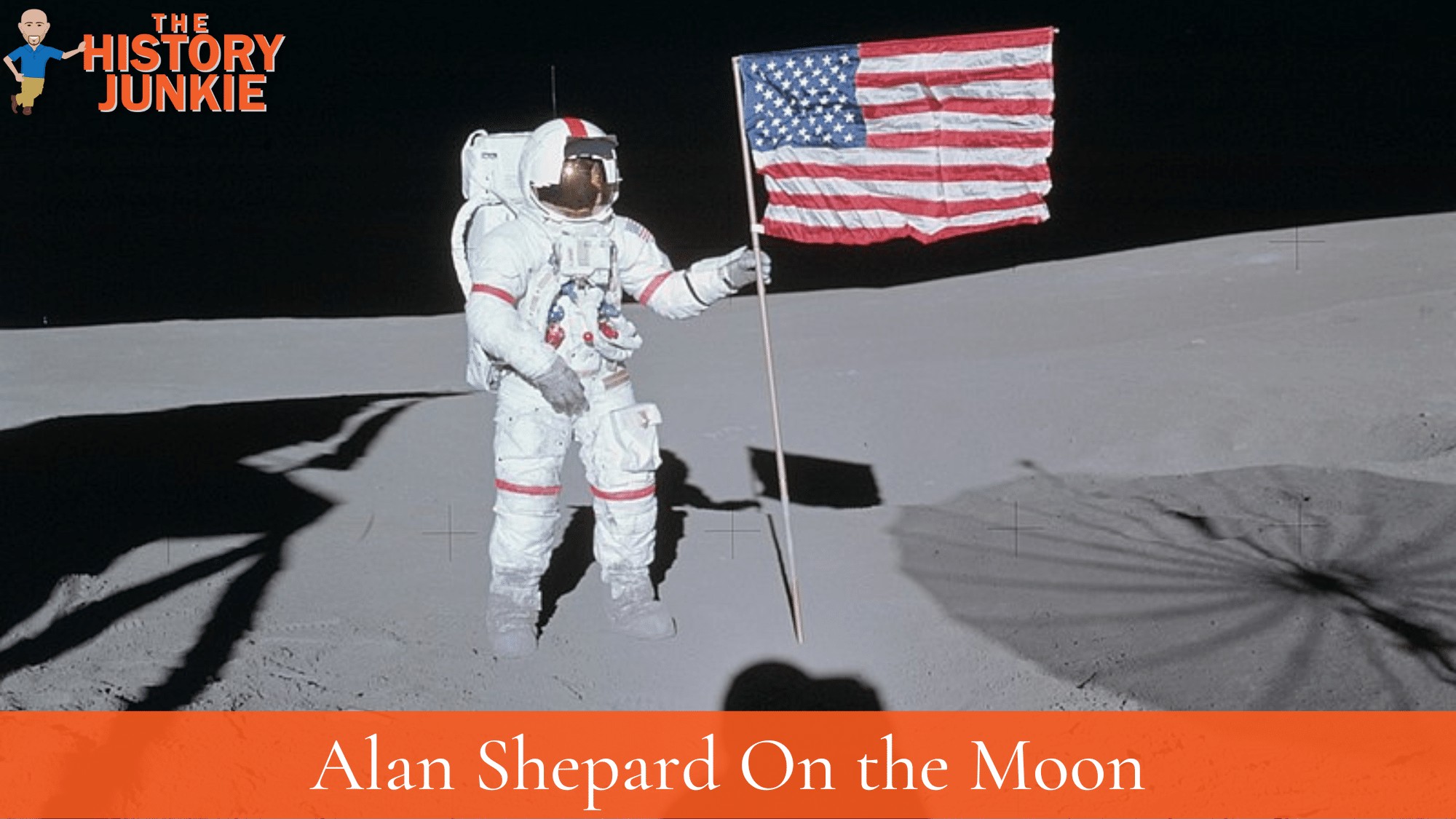
After being restored to flight status, Alan Shepard was put into the Apollo program.
Apollo 11 would be the first to land on the moon, and Shepard was then put into the next available moon landing mission, which was Apollo 13.
Circumstances changed, and he was bumped to the Apollo 14 mission, and Jim Lovett and his team were placed on Apollo 13 instead.
Apollo 13 ended up becoming a disaster when an oxygen tank blew, and Lovett would lead a courageous mission back to earth that would become a great story, but the mission would not make it to the moon.
Apollo 14 took off and went from January 31 to February 9, 1971. It was America's third successful lunar landing mission.
Shepard piloted the Lunar Module Antares. He became the fifth and, at the age of 47, the oldest man to walk on the Moon.
#8. Alan Shepard Died Of Leukemia
He went on to eventually retire from NASA and spend the rest of his life with family and building a fortune in the banking and real estate industry.
He and his wife stayed married and had 3 daughters.
He would belong to many different organizations, which included but were not limited to the Mayflower Society, Order of Cincinnati, and Rotary.
In 1996, he was diagnosed with Leukemia and would die of complications in 1998. He would be the second astronaut who walked the moon to die.
